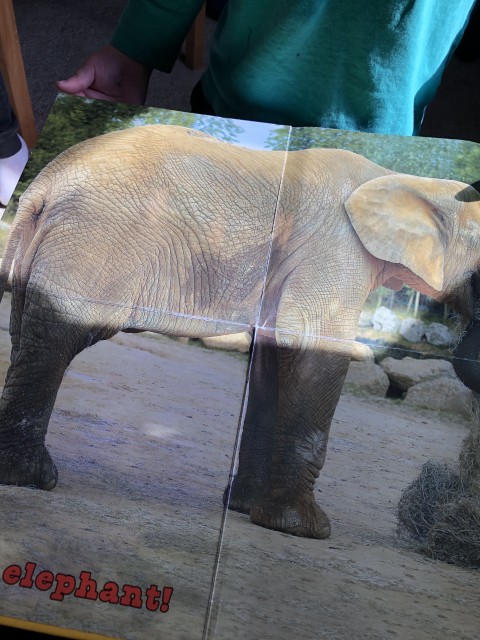The Shape of Things
The Shape of Things
Shapes are all around us in natural objects, architecture, signs, and even in the numerals and letters we use. Shape knowledge underlies algebra, geometry, and other domains of higher mathematics.
This complex knowledge begins with a very simple foundation of recognizing simple shapes – circles, squares, triangles, ovals, rectangles, and diamonds. Children can begin to notice these shapes in the world around them, and you can help them to do so. As you walk or drive along together, point out shapes you see in signs, rooftops, and windows. Involve the child in shape spotting games:
“Who can find the first triangle? how many shapes can we find in that building? Can you find two oval letters on that billboard? ” Such fun as your child enjoys getting “in shape.”
My favorite activity for exploring shapes is guided drawing. I am always amazed at the wonderful drawings the children make as I give directions like draw a large circle. Draw a small circle. Draw a triangle. Draw an oval.
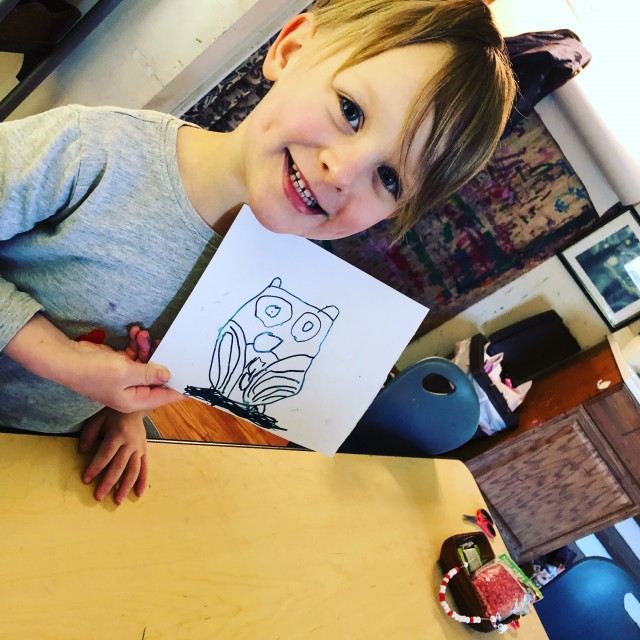
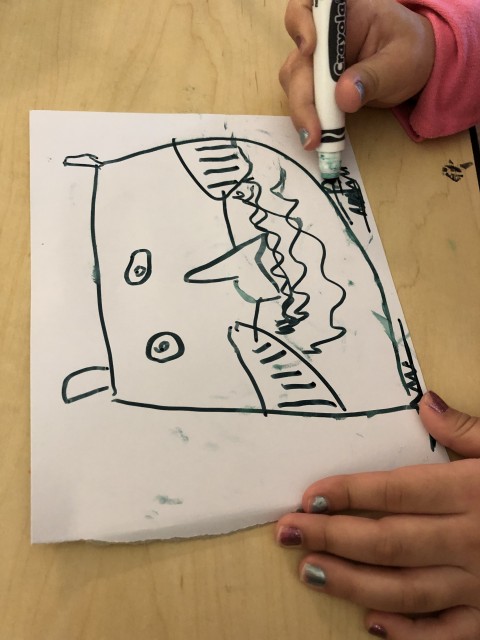

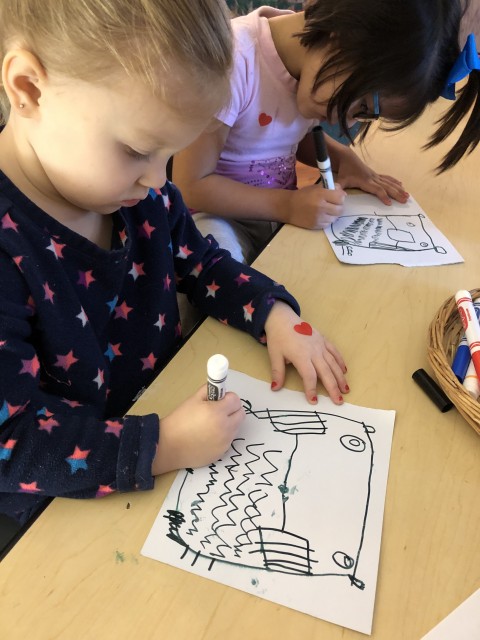
A few of the children asked me to read a book about children from around the world today. It’s not a story book. It is non- fiction and has pictures of real children. It was interesting to hear their comments as we read .
” Oh man. Dirt floors. They must be really sad .”
“Do kids in Brazil not wear clothes?”
“That’s a lot of snow at their house.”
“Their skin is really black.”
It’s never too early to start developing a world view. Not everyone lives the same way we do.
One page was on children that live on the island of Crete, Greece. I lived there for almost a year and the information was pretty accurate. The houses were block concrete / stucco and I had lemon trees in my yard.
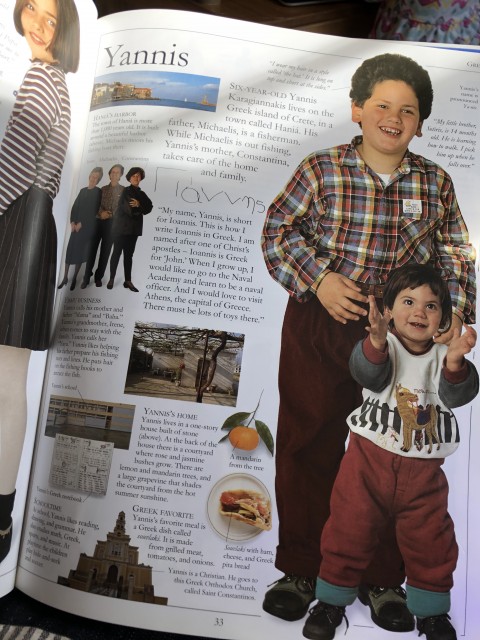
We also read a small book about elephants. Here’s your trivia for the day. Why do elephants have wrinkles ?
